I always look forward to seeing 35mmc articles popping into my inbox on a daily basis and read most of them avidly. I also listen to podcasts, read about lenses, watch YouTube videos, and love experimenting with photography. Why do I do that? I guess because a little bit like Hamish, I enjoy the process of photography almost as much as I enjoy the results. That way when I get a keeper, it’s an even better feeling, because I’ve also enjoyed sourcing and choosing the camera, a focal length, the emulsion and finally thought about how I would expose my shot before I released that shutter.
About 6 months ago I discovered Pro Mist Filters, which are made by a company called Tiffen in the US and decided to experiment… These filters are primarily used in TV programs, films and motion pictures, and once you visit their website and read up about them you will realise how widespread they have been in pretty much every form of visual media for the last 30 years ; and funnily enough they are starting to become very popular with still photographers as well. (I now notice them straight away every time I go and watch a movie.)
Now when I first received mine, I was shocked to see that they almost look like UV filters out of the box, even if they retail for around £70 or more, depending on the filter size you use. As you look closer, you soon realise that the glass features really tiny, opaque shapes which look like nothing, up until the moment that you screw your new very expensive filter to your lens and point it towards a Lightsource.
The trick is obviously to order one for the largest lens you intend to use it on and use cheap step down rings for all the other smaller lenses you have. Personally I’ve only ever used it on my medium format Bronica RF 645 and on a digital format camera. I feel like it lends itself well to these 2 formats and I’ve never really had the urge to try it on 35mm film yet.
Now how are these filters actually made?
To quote their website:
“Tiffen Pro Mist Filters are made using ColorCore technology, a process that involves laminating the filter substrate between 2 pieces of optical glass, grinding flat to a tolerance of 1/10,000th of an inch, and then mounting to precision metal rings.”
And what do they actually do?
Essentially Black Pro Mist Filters soften the highlights, bring up the shadows and diffuse light in a very pleasing, soft and sometimes dreamy way. They also soften the skin and greatly add to any picture shot at night with bright lights, and produce a visual effect that simply isn’t achievable in any other way. Now I fully acknowledge that you do lose a tiny bit of sharpness and contrast in your image straight out of the box when using one, but frankly, who cares?
In terms of strength, I initially ordered the 1/8 and 1/4 filter (1/2 , 1 are also available) and very quickly settled for the 1/8. Anything stronger is too obvious for my taste and almost unpleasant in my mind, but that’s totally subjective. My recommendation would be for the softer option if you are hesitating between 2.
In any case, I really like these Pro Mist Filters. They really add something very pleasant and cinematic and completely different to any photographer’s arsenal which can’t be achieved in post, and although you could say they are expensive, the “bang for your buck” you get is really impressive when you consider that many photographers buy a lens simply for its wide open “look”, whilst most lenses look exactly the same from f/8 onwards.
The first 3 pictures are shot on a Ricoh GRIII with the 1/8 Tiffen Black Pro Mist Filters, whilst the latter 2 are shot with the same filter but with a Bronica RF 645, on Fuji pro 400h pushed 2 stops.
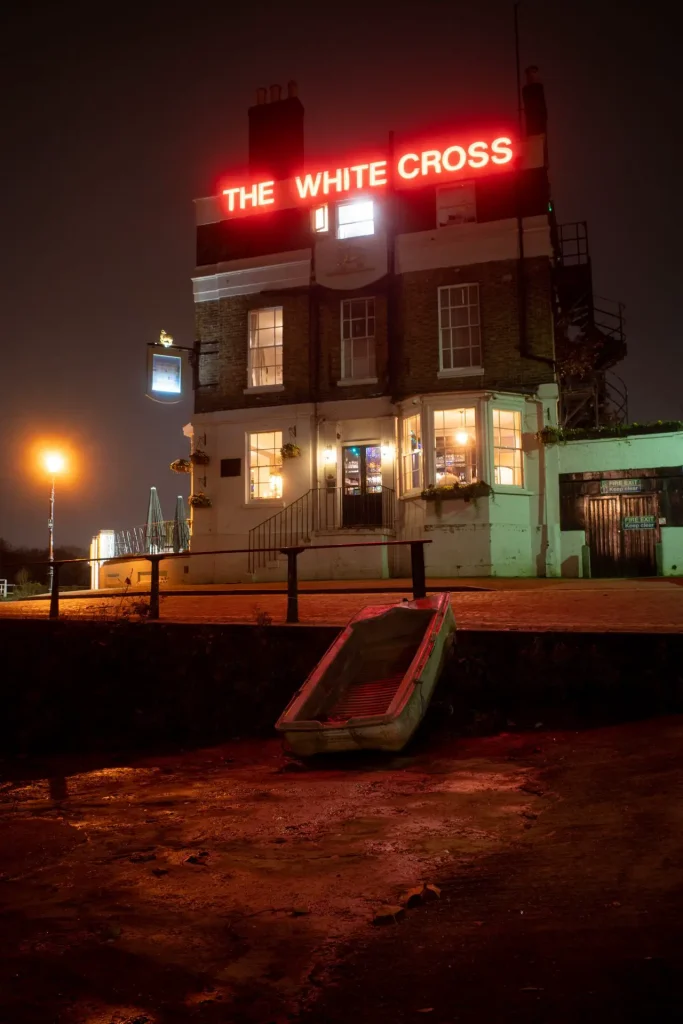
Ricoh GR III, 3s exposure on a tripod, I love this shot.
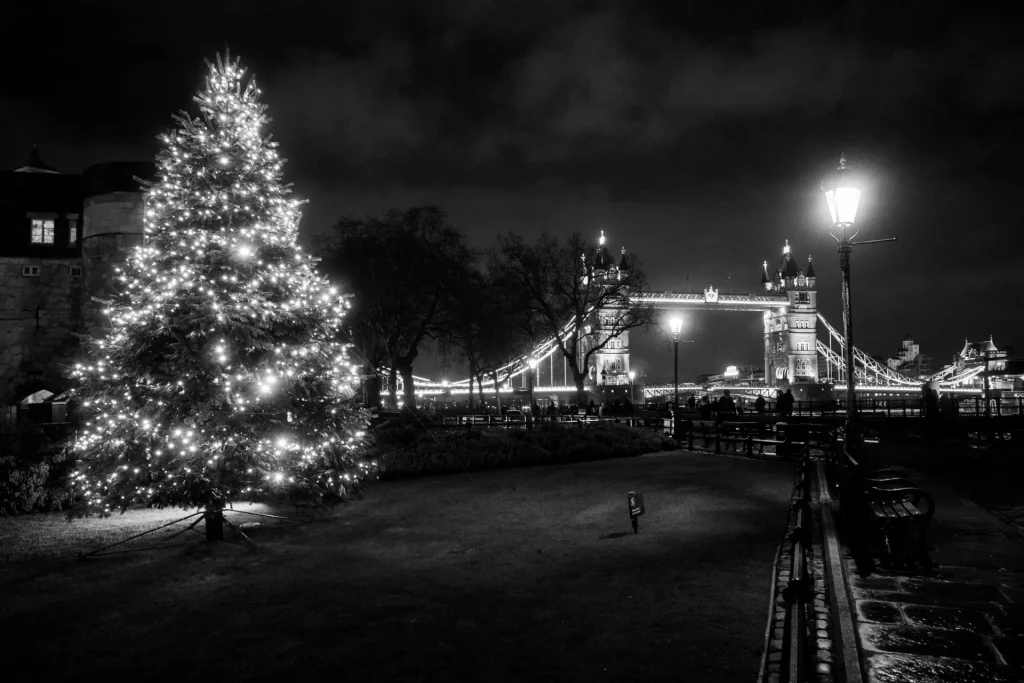
Ricoh GRIII handheld @ ISO 2000, the imagine stabilisation is impressive.
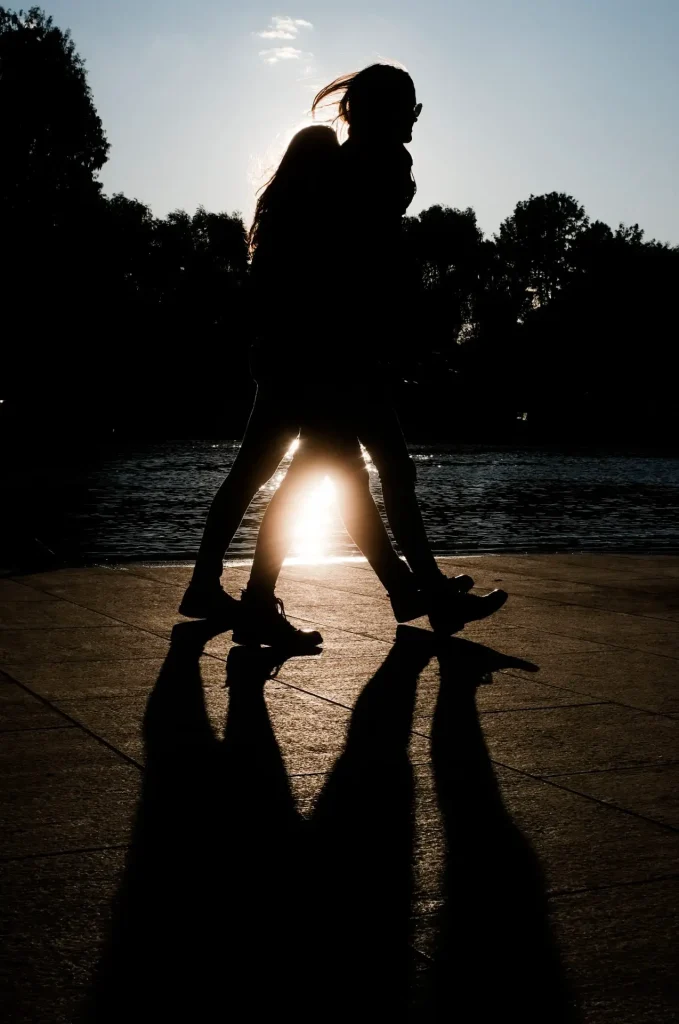

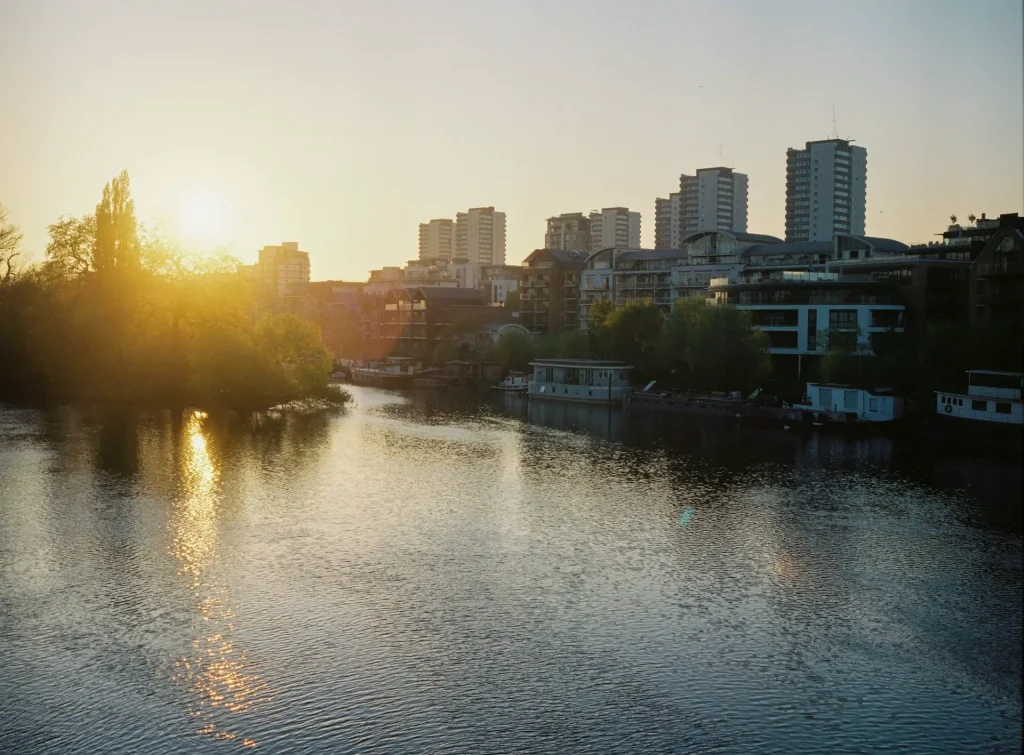
You can see more of my work on Instagram (@cloud_surfer14)
Share this post:
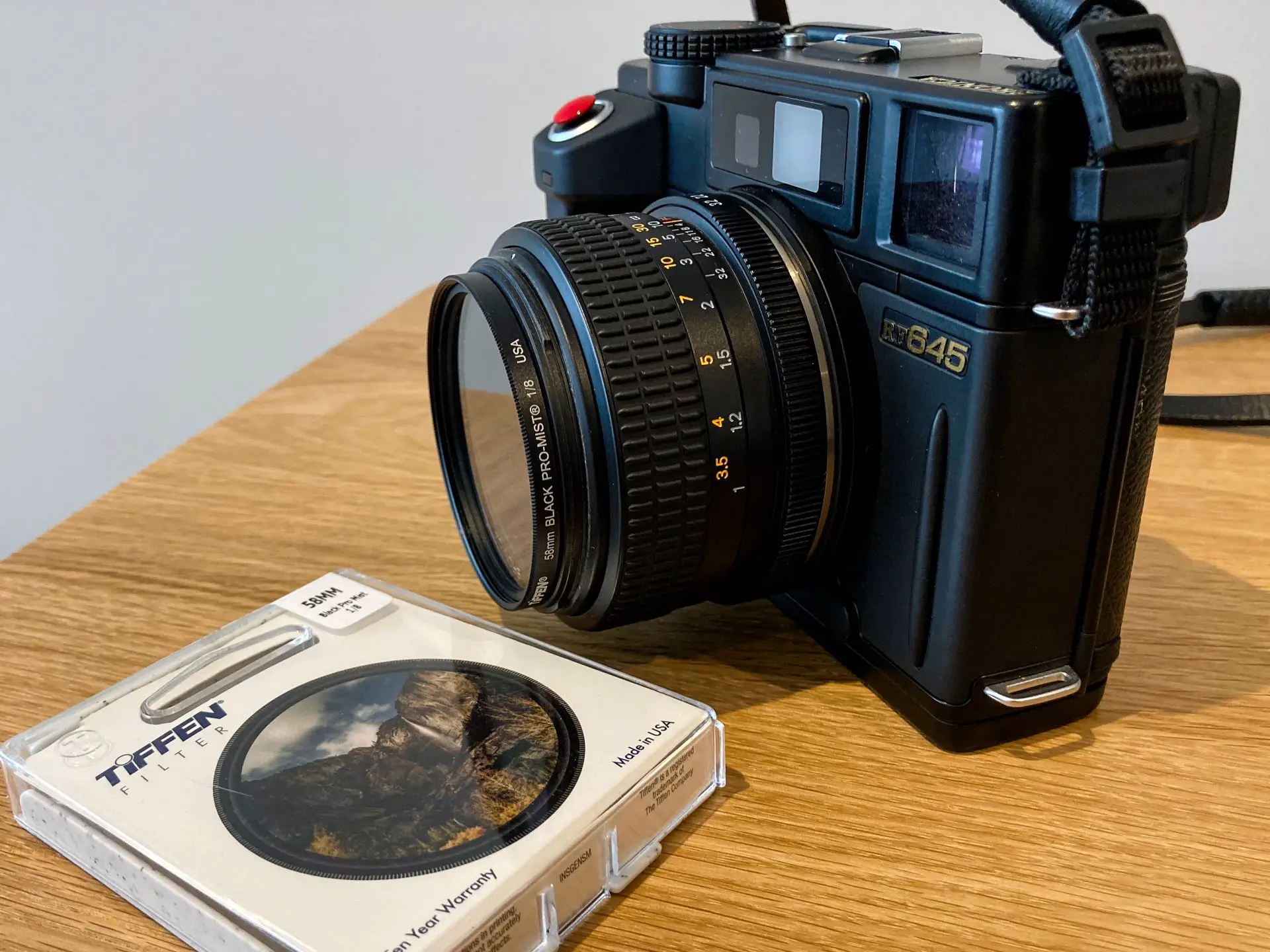
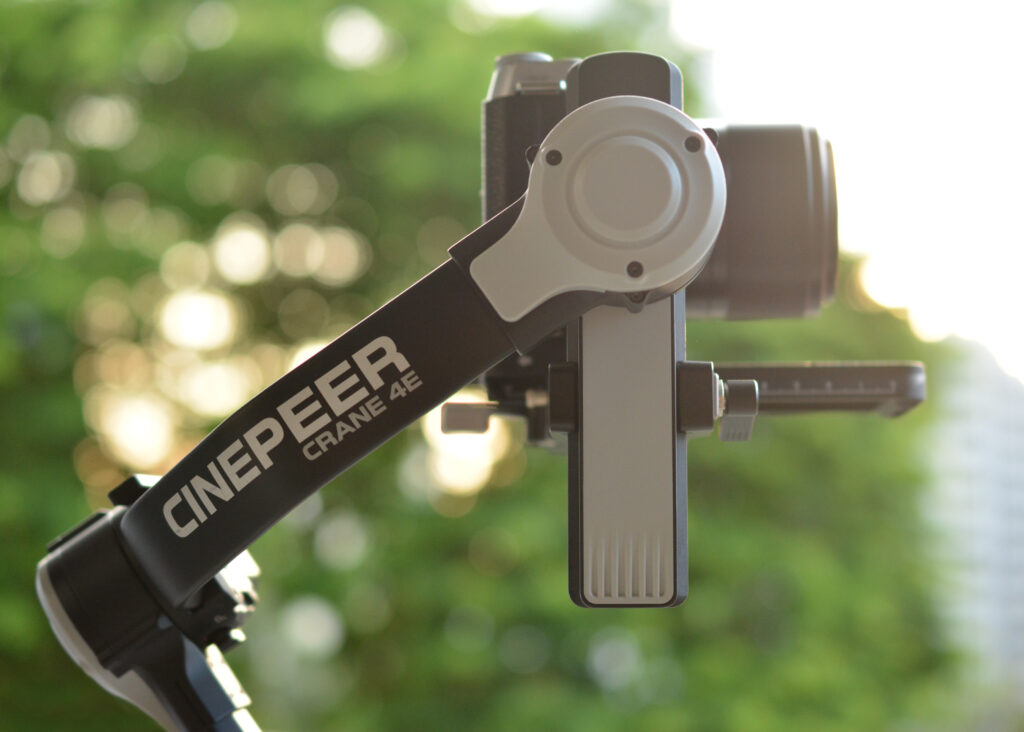
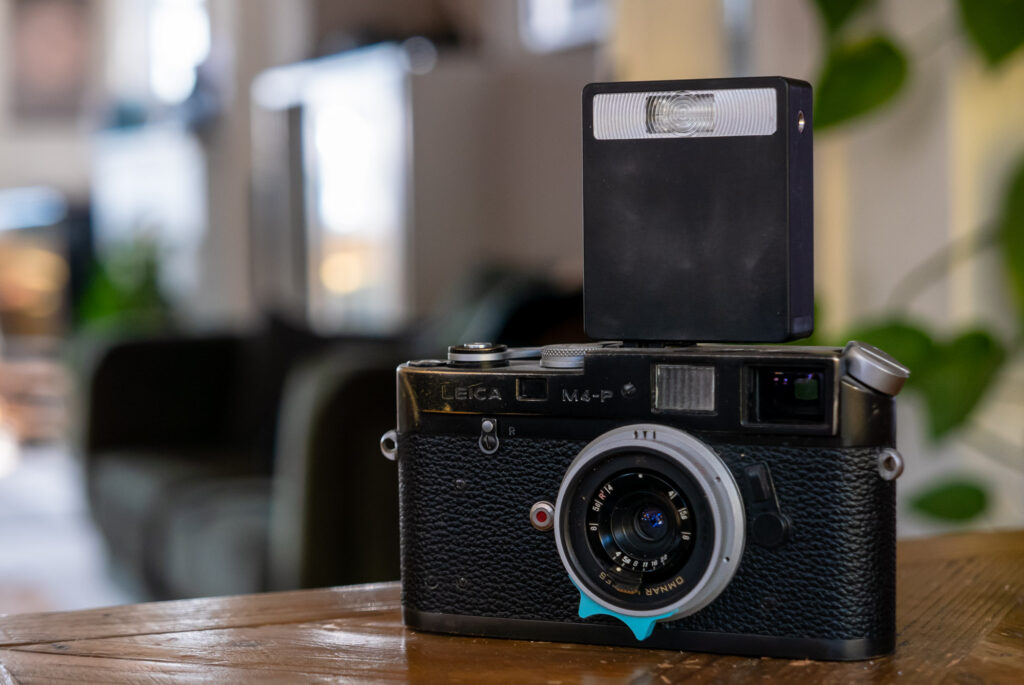
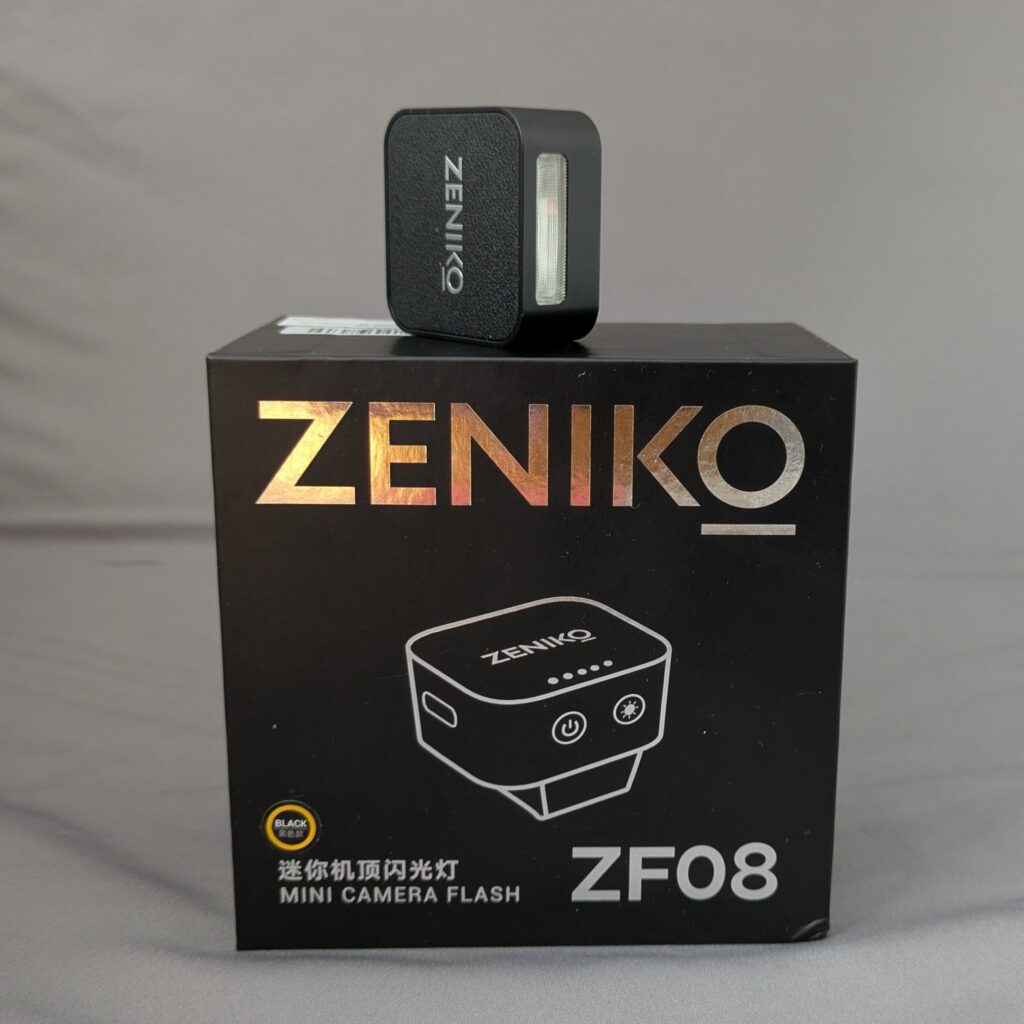




Comments
Reece on Tiffen Black Pro Mist Filter (1/8), on Digital & MF film – by Pierre-Alix Favillier
Comment posted: 22/07/2020
Comment posted: 22/07/2020
Comment posted: 22/07/2020
Comment posted: 22/07/2020
Holly Gilman on Tiffen Black Pro Mist Filter (1/8), on Digital & MF film – by Pierre-Alix Favillier
Comment posted: 22/07/2020
Comment posted: 22/07/2020
Alden on Tiffen Black Pro Mist Filter (1/8), on Digital & MF film – by Pierre-Alix Favillier
Comment posted: 22/07/2020
Comment posted: 22/07/2020
Alan on Tiffen Black Pro Mist Filter (1/8), on Digital & MF film – by Pierre-Alix Favillier
Comment posted: 23/07/2020
Comment posted: 23/07/2020
SHC on Tiffen Black Pro Mist Filter (1/8), on Digital & MF film – by Pierre-Alix Favillier
Comment posted: 24/07/2020
there are so many youtube bits about these filters for video, but few written reviews about their performance with still cameras, and almost none for film.
Comment posted: 24/07/2020
Huss on Tiffen Black Pro Mist Filter (1/8), on Digital & MF film – by Pierre-Alix Favillier
Comment posted: 28/07/2020
Thanks!
Comment posted: 28/07/2020
Y.Yoon on Tiffen Black Pro Mist Filter (1/8), on Digital & MF film – by Pierre-Alix Favillier
Comment posted: 13/01/2021
Comment posted: 13/01/2021